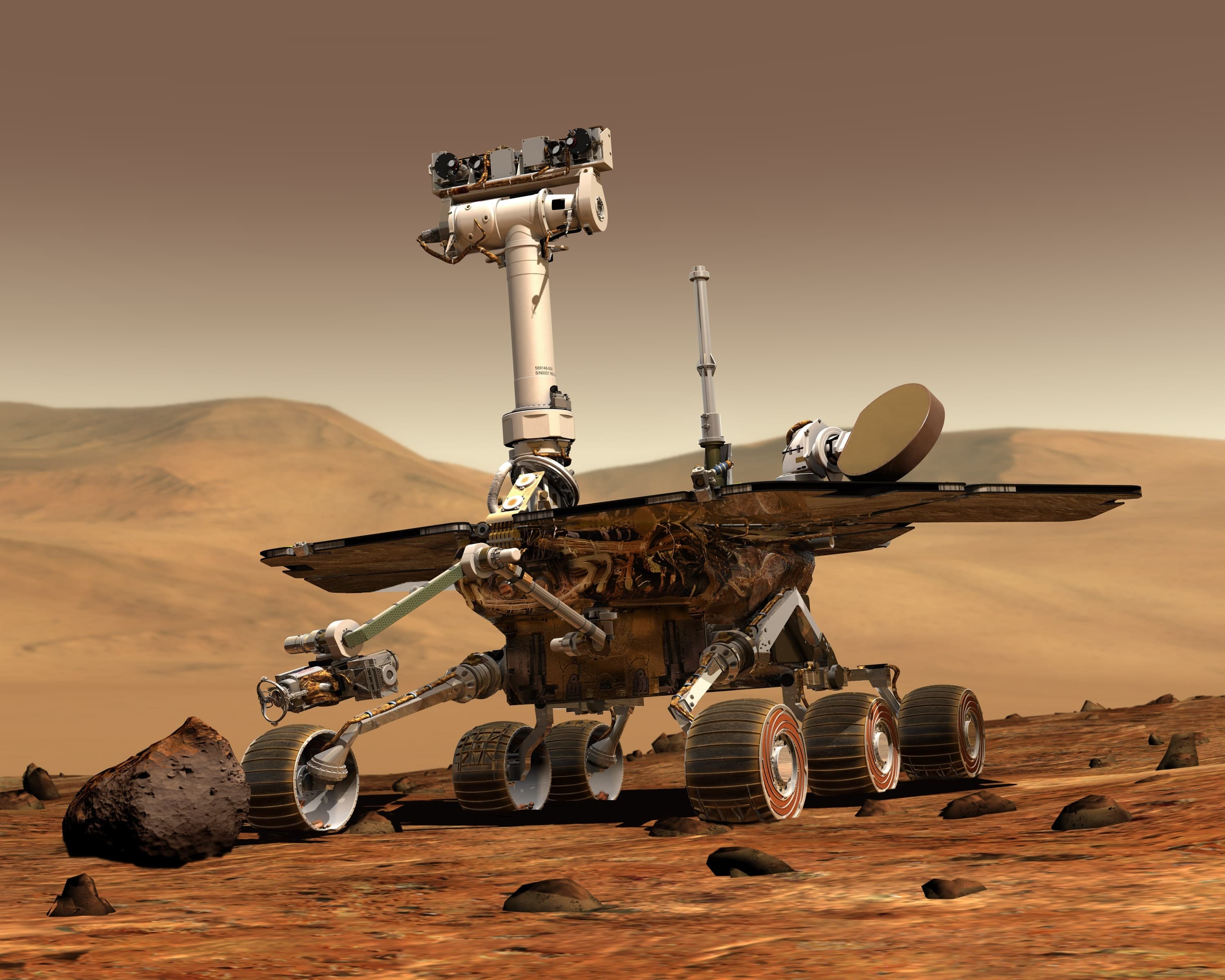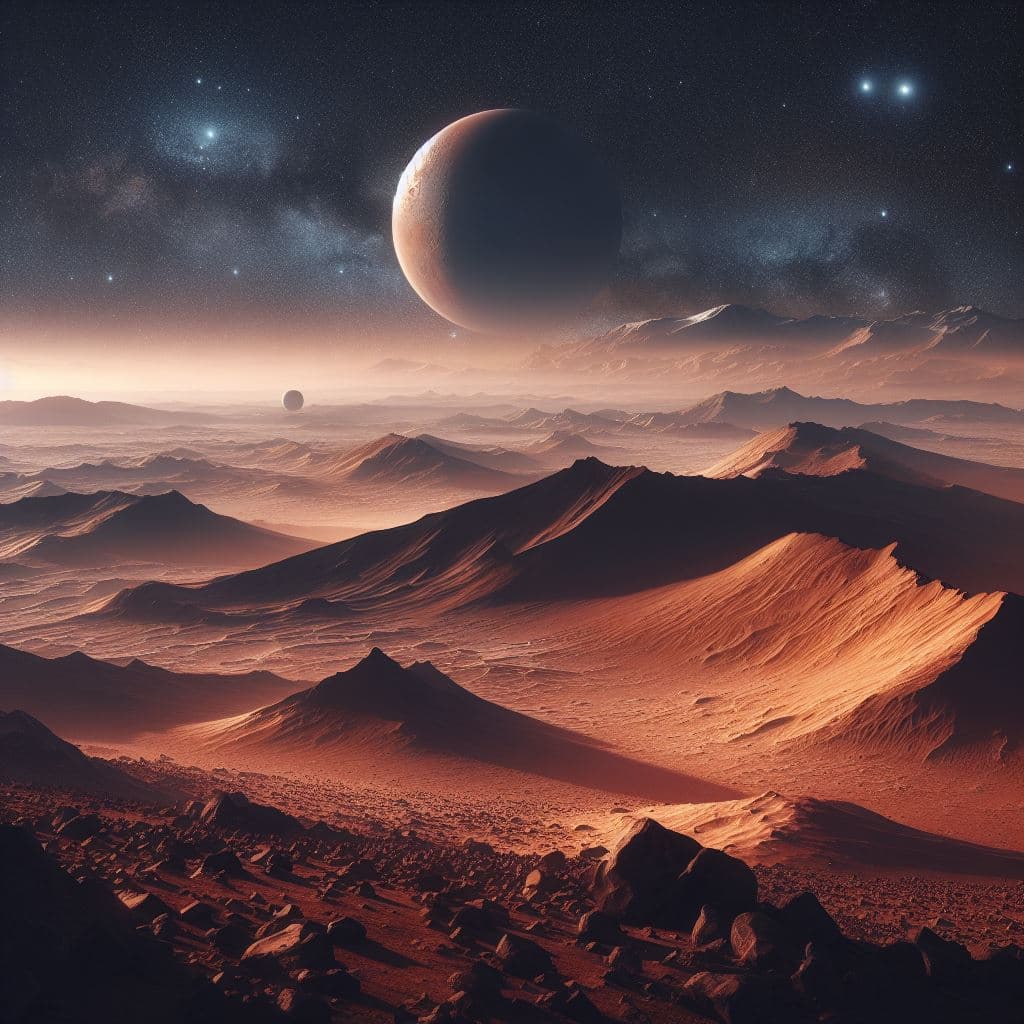Table of Contents
- Introduction
- The History of Mars Exploration
- Geological Features
- The Atmosphere and Climate
- The Possibility of Life
- Future Missions and Colonization
- Conclusion
Introduction
Mars has long captivated the human imagination. Known as the "Red Planet" due to its reddish appearance, Mars has been a subject of myth, speculation, and scientific inquiry for centuries. In recent years, the quest to explore Mars has taken on new urgency, with ambitious missions aiming to uncover its secrets and even prepare for human colonization. In this article, we will explore the general aspects of Mars that make it a subject of unending fascination.
The History of Mars Exploration
Mars was named after the Roman god of war because of its red hue, which evokes the imagery of blood and battle. Ancient astronomers were aware of its existence, but it wasn't until telescopic observations in the 17th century that more details emerged. However, our understanding of Mars took a giant leap in the space age. NASA's Mariner 4 mission in 1965 was the first successful flyby, sending back intriguing images.
More recently, rovers like Curiosity and Perseverance have landed on the Martian surface, providing valuable data and images. They've been joined by spacecraft from other countries, making Mars an international field of study.
Geological Features
When it comes to its surface, Mars is a land of extremes. The planet features the tallest volcano in the solar system, Olympus Mons, and a canyon system, Valles Marineris, that dwarfs the Grand Canyon. The surface is covered in iron oxide, or rust, which gives the planet its signature color.
One interesting feature is the presence of what appear to be dried-up riverbeds and lake beds, suggesting that Mars may have once had liquid water—and potentially, life.
The Atmosphere and Climate
Mars has a very thin atmosphere, composed mostly of carbon dioxide, with traces of nitrogen and argon. This thin atmosphere is incapable of supporting human life without life-support systems. The weather on Mars is also quite harsh, with temperatures that can range from a daytime high of about 70 degrees Fahrenheit (20 degrees Celsius) to a nighttime low of about -80 degrees Fahrenheit (-62 degrees Celsius).
Dust storms are frequent, sometimes covering the entire planet. These storms can last for days, weeks, or even months.
The Possibility of Life
The question of life on Mars has intrigued scientists for decades. While there is currently no definitive evidence of life, conditions in the distant past may have been more hospitable. The discovery of complex organic molecules and methane in the Martian atmosphere has rekindled discussions about the possibility of past or even current microbial life.
Future Missions and Colonization
Plans for the future exploration of Mars are ambitious. NASA's Artemis program aims to return humans to the Moon as a stepping stone for future human missions to Mars. Private companies like SpaceX are also working on technologies that could enable human colonization of Mars.
The challenges are immense, ranging from the technological to the physiological, but the dream of setting foot on Mars has never been closer to becoming a reality.
Conclusion
Mars, our celestial neighbor, continues to fascinate and mystify us. Its unique geological features, atmosphere, and the tantalizing possibility of life make it a compelling subject of study. As we continue to explore this captivating planet, who knows what mysteries we will uncover?
The exploration of Mars is not just a scientific endeavor but a testament to human curiosity and our eternal quest to explore the unknown. As technology advances, the dream of one day setting foot on the Red Planet seems increasingly attainable. Until that day comes, Mars will remain a focus of human curiosity, a red dot in the sky that holds endless possibilities.


